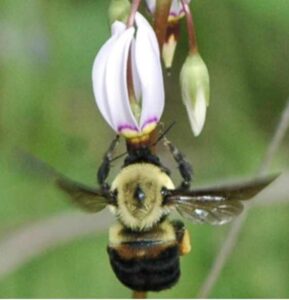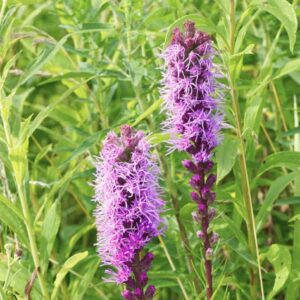No Mow May
Why Letting Your Lawn Grow in April/May is Beneficial to Native Pollinators
Many native bees, butterflies and moths are in decline and their losses threaten Wisconsin’s wildflowers, ecosystems, agricultural crops and natural areas, which depend upon them. Conserving and improving habitats for pollinators is important for ensuring continued pollination services and our food security. In Wisconsin, crops such as apple, cranberry, cherry, green beans, cucumbers and other fruits and vegetables depend on pollinators.
The idea with No Mow May is to designate a portion, or all of your lawn as a pollinator friendly habitat by not mowing or applying any lawn chemicals during the month of May. This will allow common flowering plants like dandelion, clover, creeping Charlie, and violet to provide food for hungry pollinators, when many other flowers are not yet in bloom. This is especially important in urban landscapes that do not border open land. At least one study has shown that unmown yards in the city have a fivefold increase in the number of bees present.
No Mow May is voluntary. You can opt to leave the mower in the garage for the month, mow less frequently, or just leave part of your lawn unmown. It’s up to you.
Talk with your family, friends, neighbors, faith community, and school- and encourage them to join No Mow May. Let’s show Chippewa Valley pollinators we’re here for them.
To accommodate No Mow May, the City of Eau Claire has changed their lawn ordinance, delaying enforcement until June 1. See more here.
If you live outside of the Eau Claire City limits please check with your governmental entity on their lawn ordinance policies.
Read more about Native Bee Lawns here:
Do More!
- Shrink your lawn
- Plant natives with an emphasis on keystone plants
- Remove/control invasives
- Reduce light pollution
- Build supportive conservation hardscape for birds and reptiles
- Create “soft landing” habitats under trees for native insects
- Minimize fertilizers, fungicides and pesticides
- Network with community members and get on the Homegrown National Park map
Learn more by visiting the Chippewa Valley Biodiversity Partnership webpage at www.cvbiodiversitypartnership.org or scan the QR code below:


